Cirripedes - Natural history artistic poster - Ernst Haeckel, Kunstformen der Natur
Cirripedes - Natural history artistic poster - Ernst Haeckel, Kunstformen der Natur
Couldn't load pickup availability
Reproduction engraving of: Cirripedes
Original title Cirripedia - Rankenkrebse
Lepas Poster - Arthropods of the main class Crustacea (Order Cirripedes, Cirripedia)
Illustration from the book Kunstformen der Natur, which is a collection of artistic lithographs of natural sciences published by the German biologist Ernst Haeckel between 1899 and 1904.
This naturalistic illustration is part of an overall style inspired by Ernst Haeckel, which greatly influenced the emerging Art Nouveau movement at the beginning of the 20th century. This work, illustrating the impressive beauty and great diversity of the biological world, was complemented by a certain amount of scientific information, some excerpts of which are reproduced below.
This information is over 120 years old and some of it may be outdated!
Scientific classification:
Phylum of Arthropods (Articulata) Main class of Crustacea Shrimp Class (Caridonia) Order of Barnacles (Cirripedia).
Scientific notice (extract) accompanying the poster print of Cirripedia - Cirripedes :
The order Rankenkrebse or Cirripedia is distinguished from other orders of the form-rich class Crustacea by the fact that they have completely abandoned free mobility and have adapted to a fixed way of life. The various stages of regression that this adaptation has brought about can be fully followed in the Rankenkrebse. First, a large part of the head, with the brain, antennae, and eyes, generally atrophies; only the mouth organs generally remain intact. The original separation of the sexes (gonochorism) evolves into hermaphroditism. Then, a calcareous shell, of a peculiar shape, develops to protect the soft body, secreted by a pair of "mantle lips" (thin skin folds on the back). In the Lepadinae (Figures 1-8), this shell is bivalved and so resembles that of mollusks (see Tafel 55) that the Lepadinae were formerly classified among these mollusks. Each of the two valves (right and left) is composed of several calcareous plates; the shell is here attached to a strong fleshy stalk, sometimes covered with calcareous scales (Figures 5-8). In the Balaninae (Figures 9-14), the shell is sessile and attached with a broad base to marine animals, rocks, or other objects. The two lips of the mantle are here fused into a tube, which secretes a calcareous shell of corresponding shape. This shell is composed of calcareous plates arranged radially (six in Figure 9-12, eight in Figure 14, and numerous in Figure 13). The soft body of the animal, enclosed in this shell, is fixed by the atrophied head to the bottom of the shell and often extends the abdomen out of the shell opening. Typically, the body (apart from the small mouthparts) bears six pairs of long, segmented legs (Figures 1-4). These are densely furnished with setae and are agitated by attached animals, creating a current to bring food and fresh water to the body. In parasitic Cirripedia, these legs atrophy completely, along with a large part of the internal organs. In parasitic Rhizocephala or "root crabs," the adult animal forms a misshapen sac containing almost entirely eggs and sperm; branching suction tubes emerge from the mouth opening and spread into the body of the host, to which the parasite is attached (see the illustration of the crab in Figure 15).
Species present on the naturalist plate of Cirripedes - Lepas :
- Lepas anatifera
- Conchoderma auritum
- Pentalasmis vitrea
- Scalpellum eximium
- Scalpellum vitreum
- Coronula diadema
- Coronula reginae
- Chthamalus antennatus
- Catophragmus polymerus
- Octomeris angulosa
- Sacculina carcini
About this print
About this print
The layout and composition of this reproduction have been the subject of our greatest attention.
- Respect for the format of the original work: in order to faithfully transcribe the artist's intention, the work is not cropped/re-cut except in extreme cases (obvious imperfection, geometry problem, etc.) in which case the cropping will be as light as possible.
- The presence of white margins is sometimes necessary in order to present the work in a balanced manner.
- Each size offered has been specifically composed, therefore, the size of the white margins may vary from one print size to another. Remember to check this detail carefully!
- Print only, frame not included!
Features
Features
- Premium 200gsm matte white paper, durable and strong.
- Natural, smooth uncoated finish, silky to the touch
- FSC certified paper or equivalent certifications depending on regional availability.
- Each print is shipped in sturdy packaging, ensuring safe transport.
- Each print is printed and shipped on demand. No minimum order quantity is required.
Share !
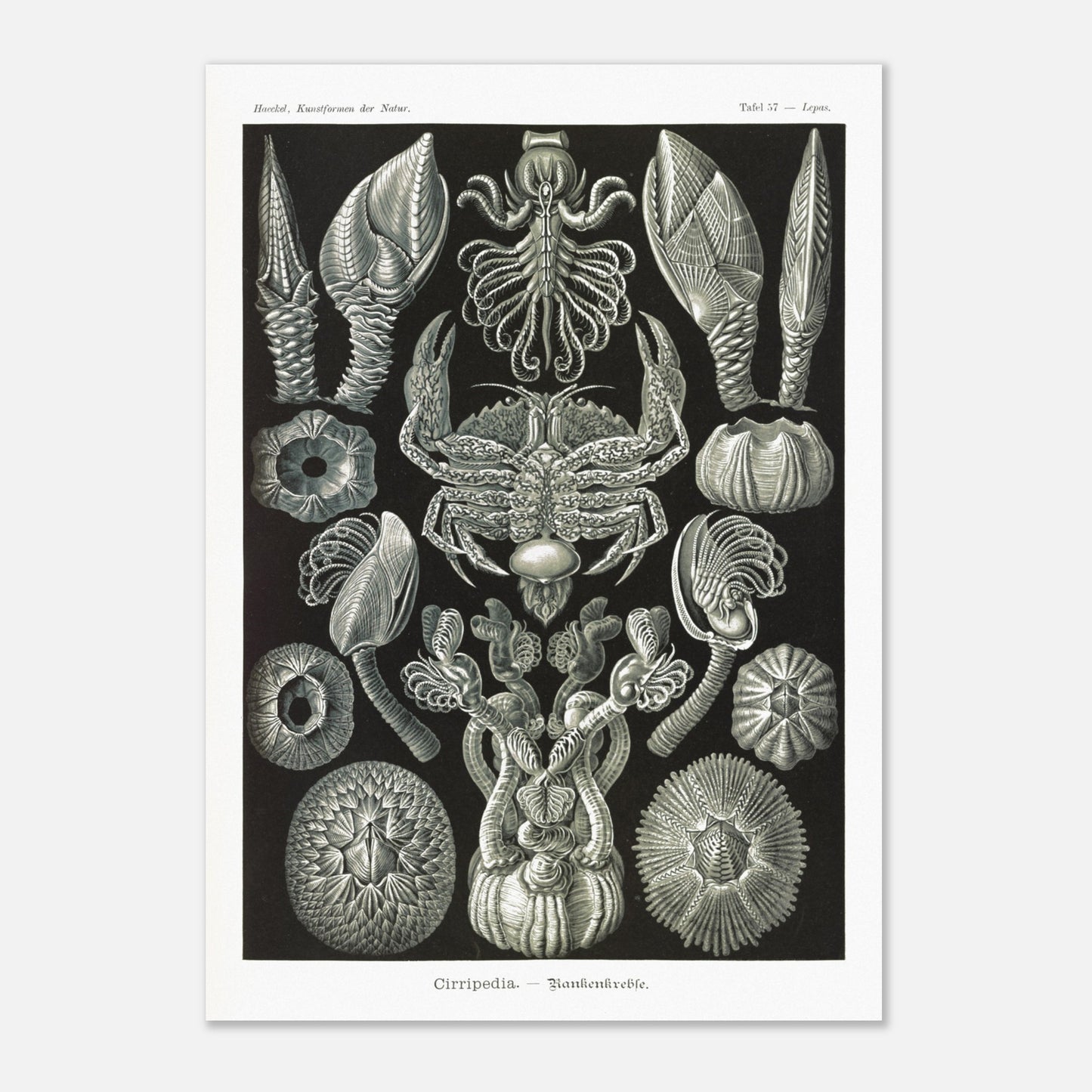
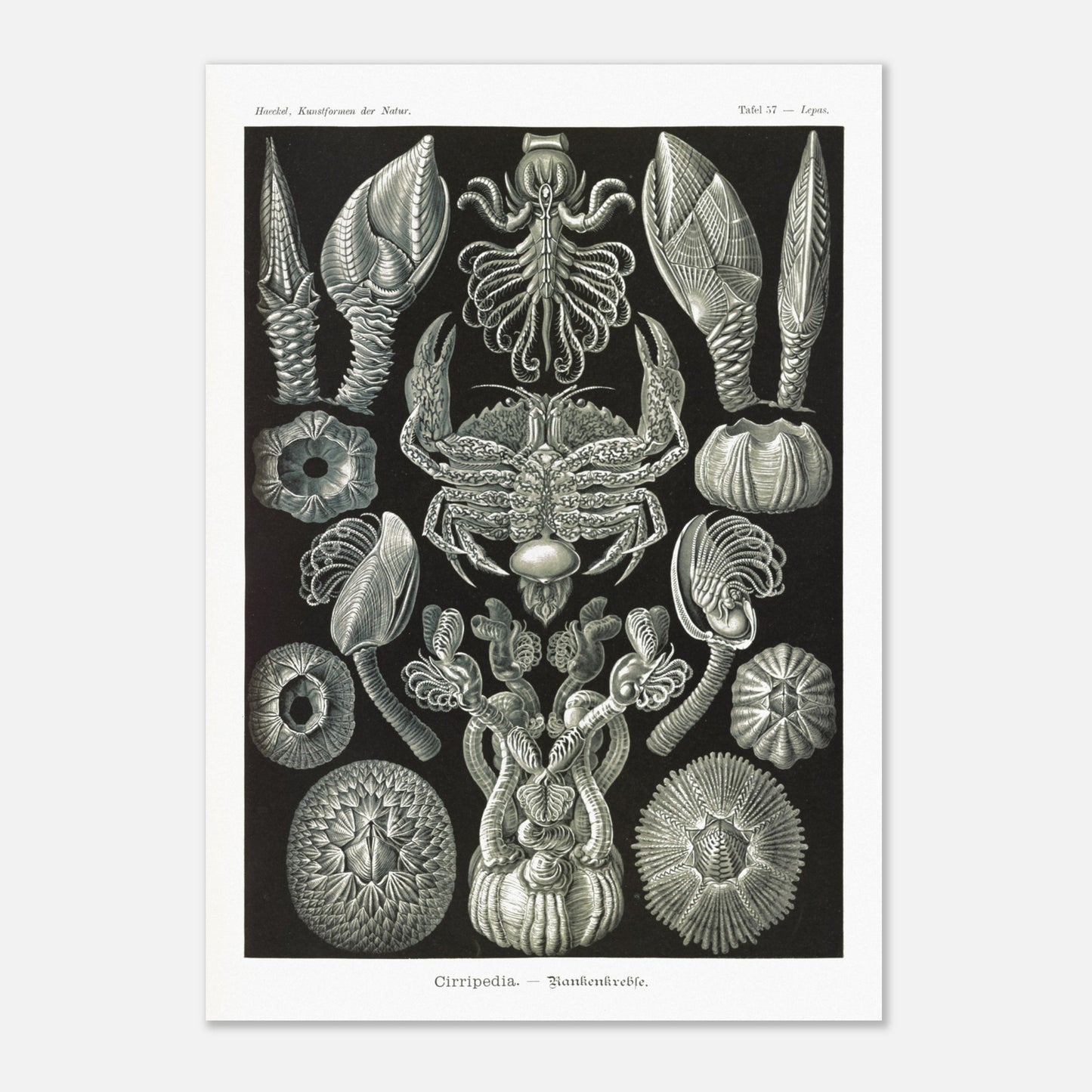
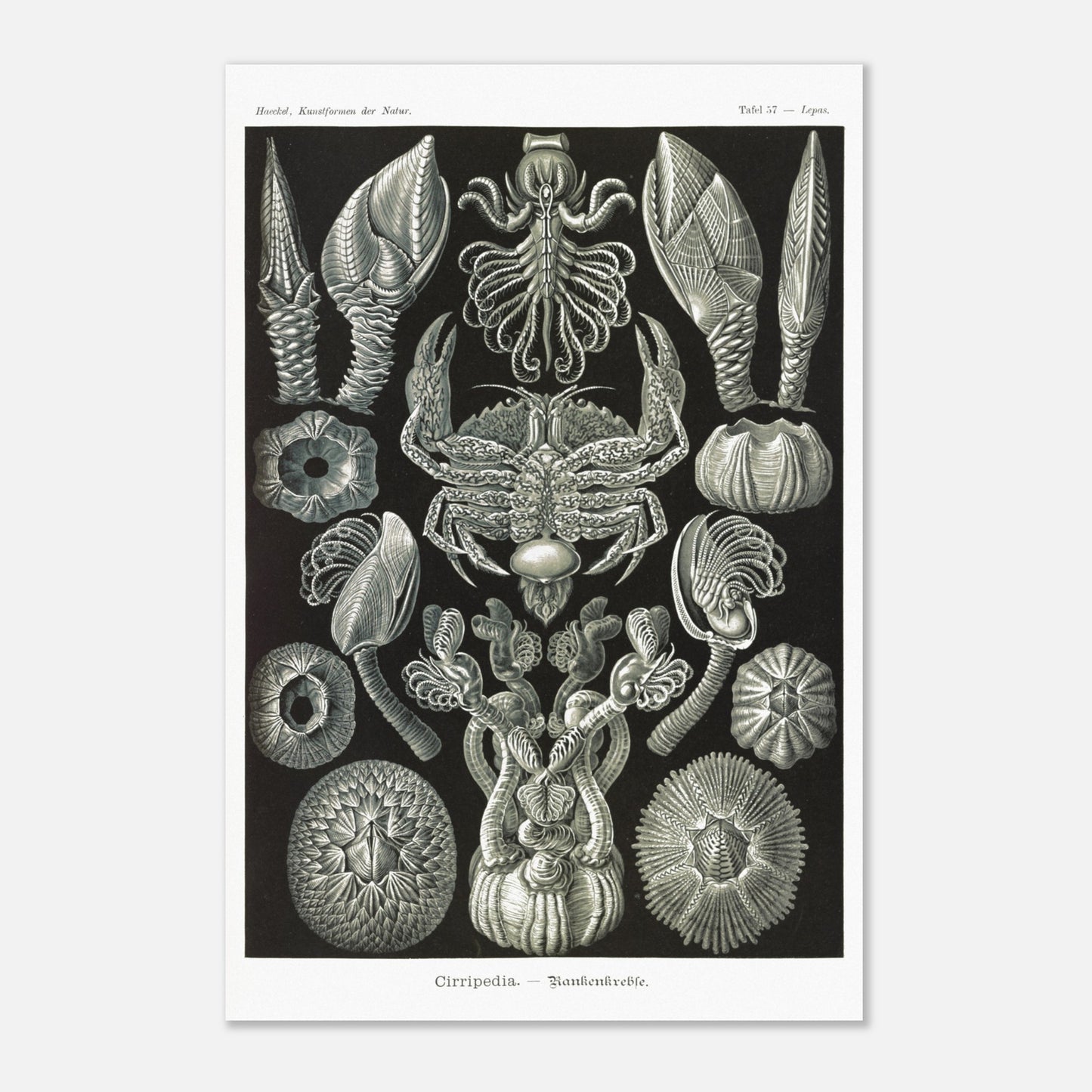
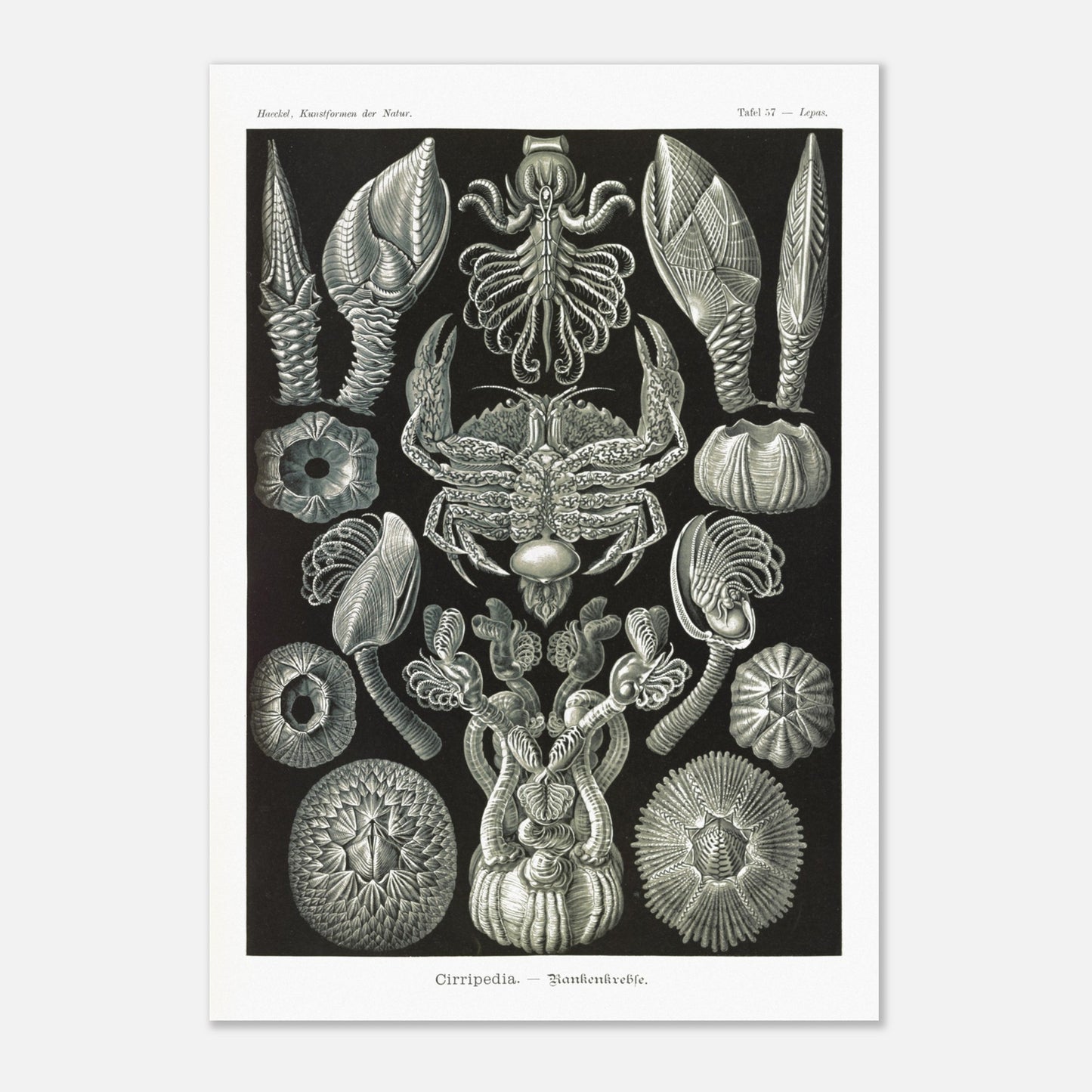
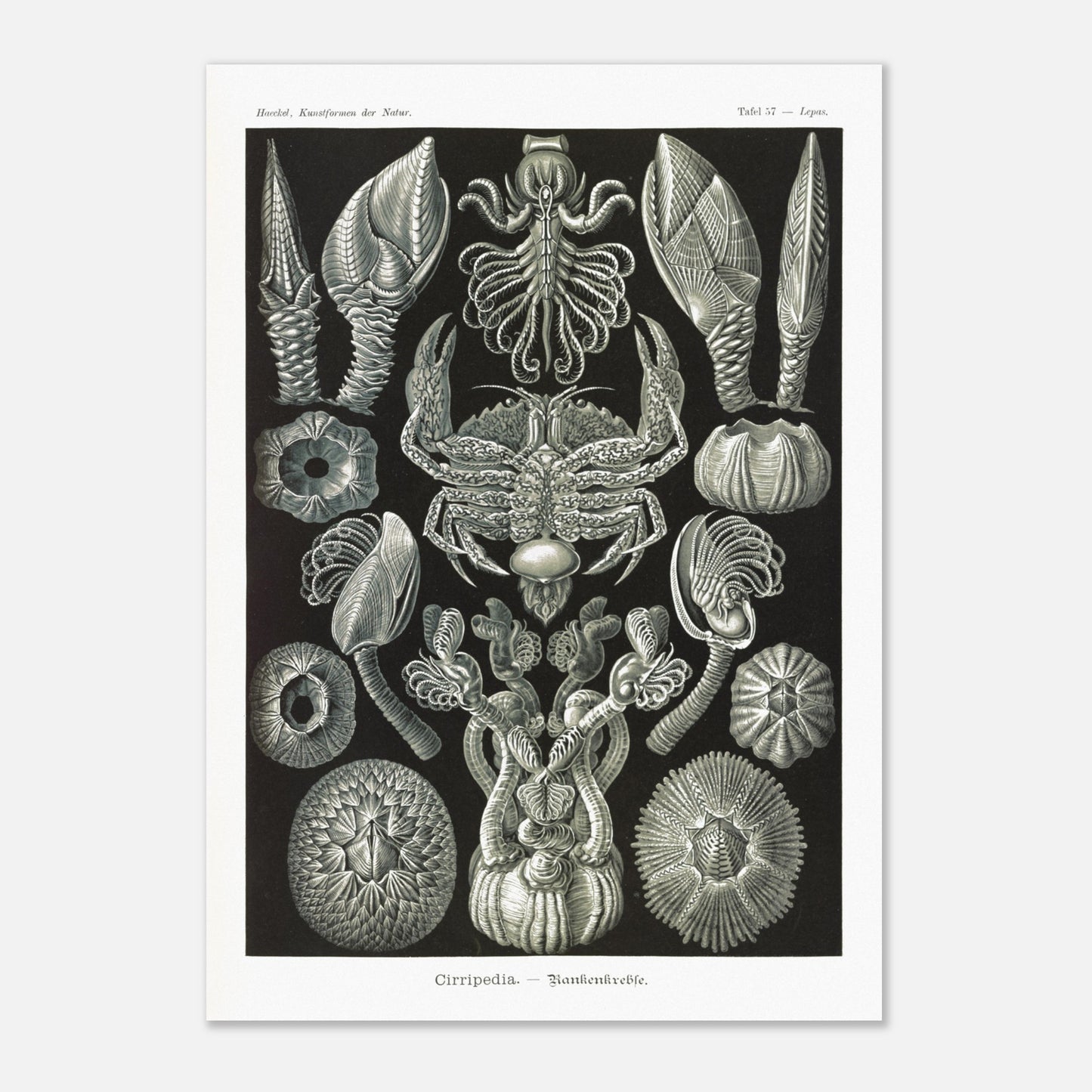
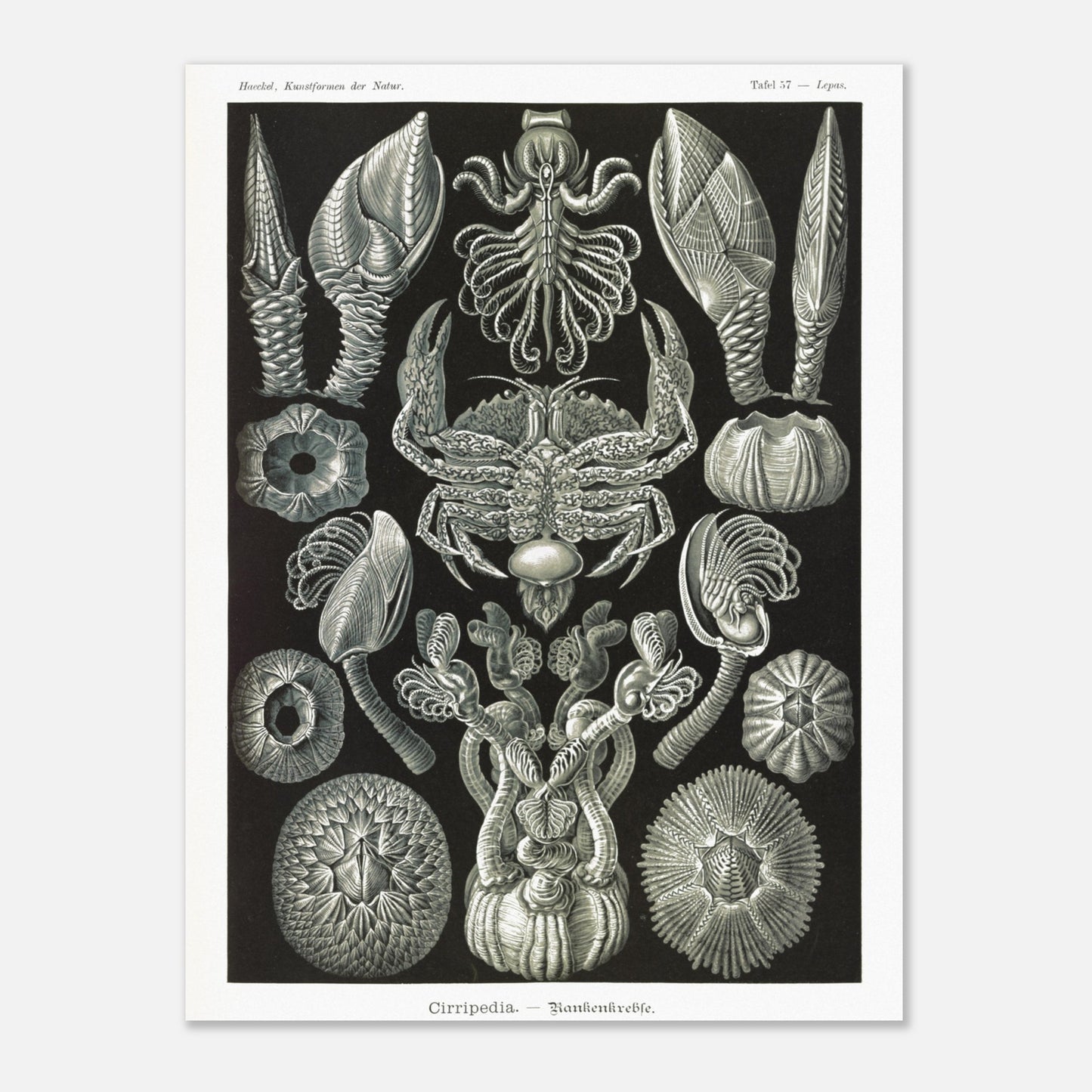
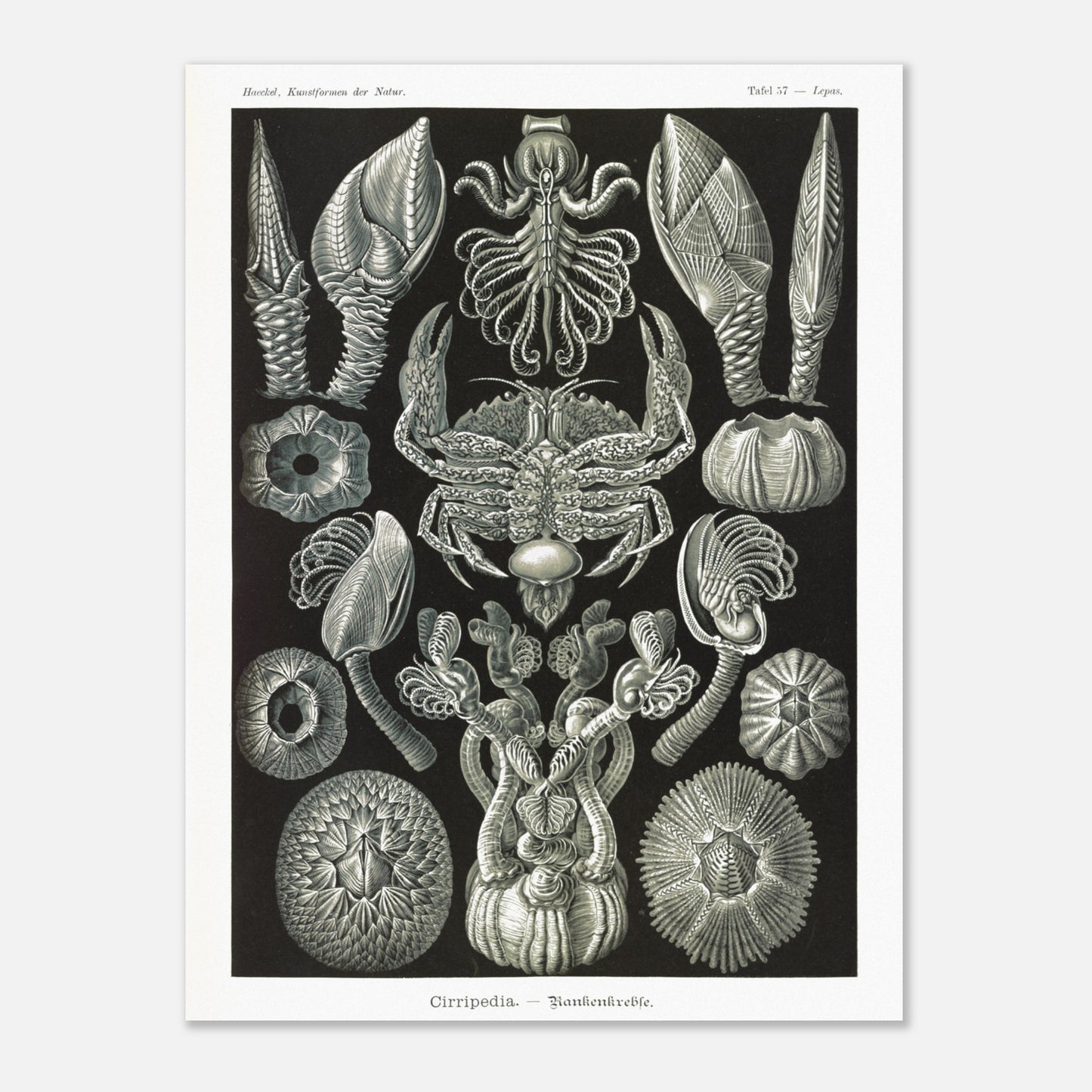
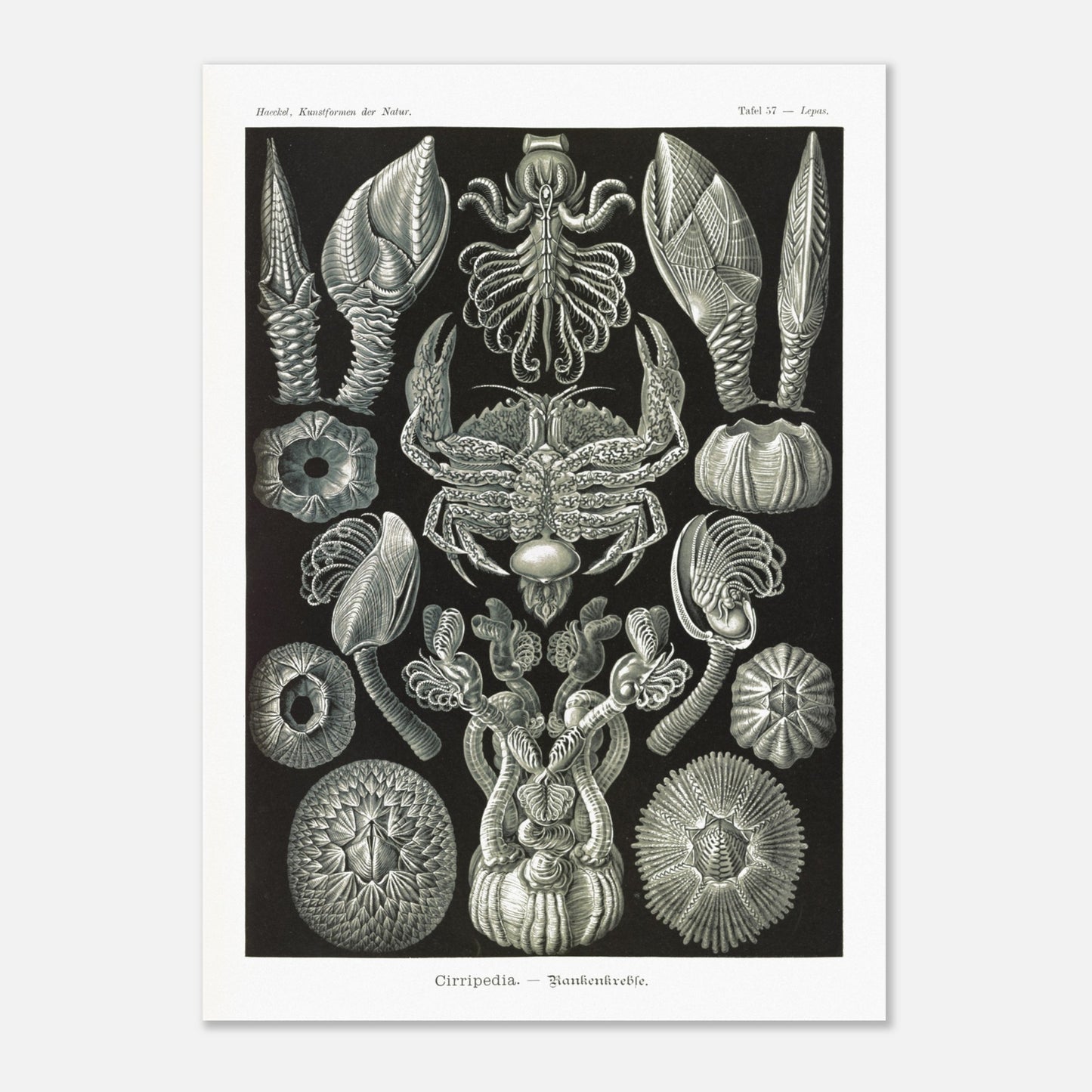
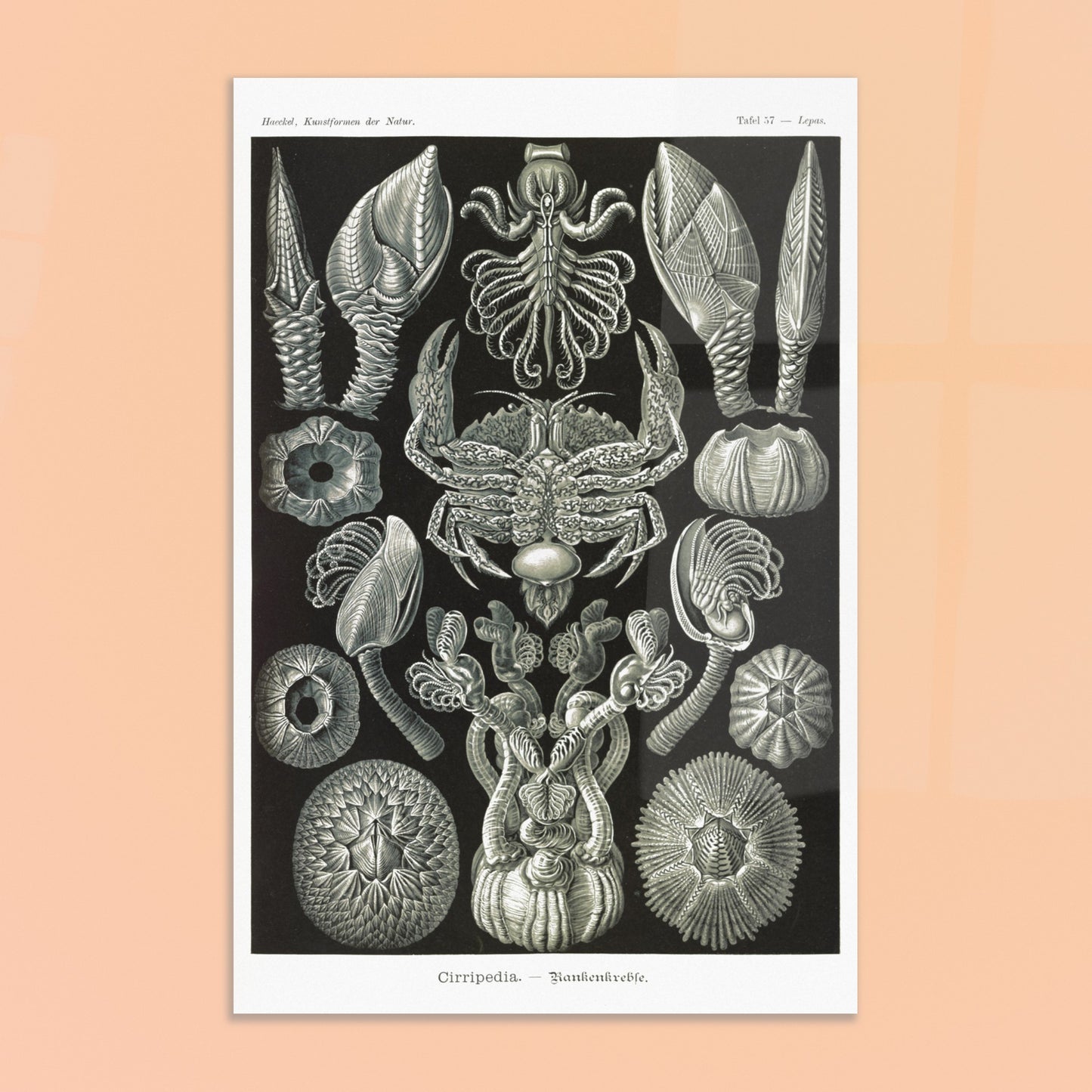
Recently viewed products
We are listening to you
If you are looking for a specific composition, a particular layout, or any other customization need, our team is at your disposal and will do everything possible to meet your requests.
So don't hesitate to...




